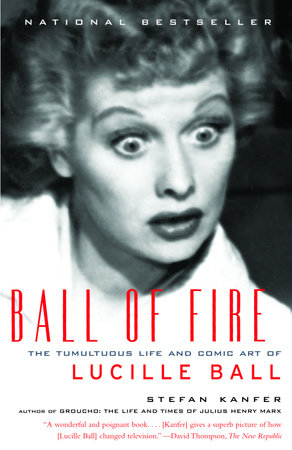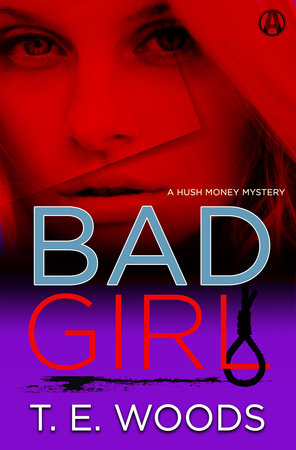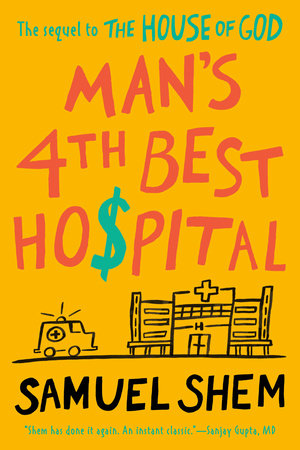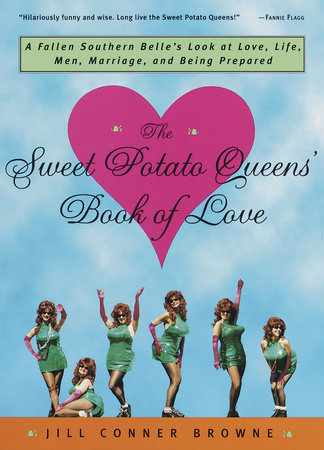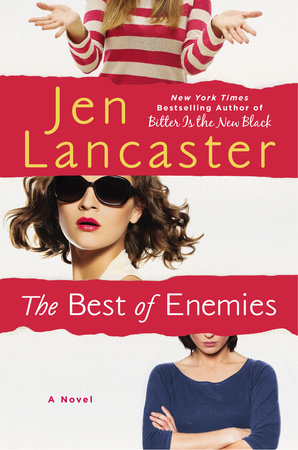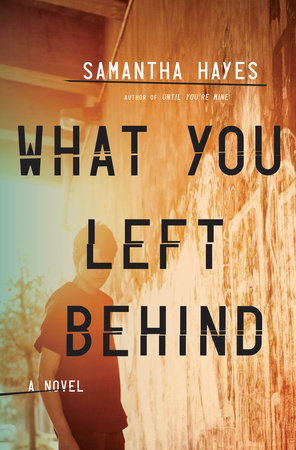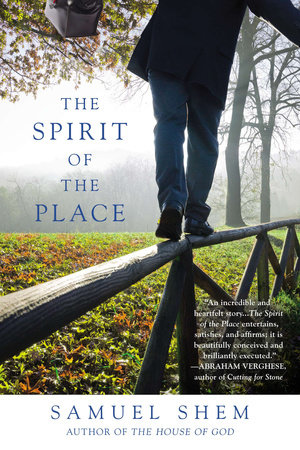A Conversation with
Stefan Kanfer
author of
BALL OF FIRE:
The Tumultuous Life and Comic Art
of Lucille Ball
Q: What made you want to write about Lucille Ball in particular? Given that a few biographies of her exist, what makes yours different?
A: All the biographies of show people I’ve done for magazines were about men-and, for the most part, Jewish men-Groucho Marx, of course, Irving Berlin, Richard Rodgers etc. I wanted to examine someone quite different. I thought the biography would make me stretch. And it did. Among the many differences between this bio and others is the relentless research, ranging back to Lucille Ball’s beginnings, and going well past her death to the apotheosis that elevated her to the pantheon and provoked new scholarship from media critics, feminist scholars and others.
Q: Having written other books that dealt with the entertainment industry, such as Groucho, were there many discoveries you made when covering this life?
A: The entertainment industry always yields new insights if you dig deep enough. But some things never change. The self-assured wrong-headedness of network executives, for example. And timing, after all these decades, remains the single most important factor in success-had Lucy not run into someone who told her about an opportunity in Hollywood, she would very likely have remained a New York model, married late and become an upstate NY housewife.
Q: How long did you work on this book and approximately how many friends and co-workers of Lucy’s did you talk to about it?
A: I generally research a book for a year, then spend the next year writing it. I talked to quite a few of Lucy’s friends and relatives, but much of the work came in Sterling Library at Yale, where volumes on American studies, and files of ancient newspapers yielded all sorts of information. The trouble with interviews of a person long gone is that the colleagues tend to be of advanced age, and their anecdote is unreliable unless checked with the record. I tried to cite three sources for every significant bit of biographical detail.
Q: Do you think Lucy’s unhappy childhood in upstate New York and the early death of her father contributed greatly to the kind of actress/comedienne she would become?
A: Graham Greene once stated that a writer’s capital is his childhood. So it is with comedians. There is no question that Lucy’s unhappy and bewildering beginnings-the loss of her father when she was three, the breakup of her family when she was an adolescent etc. had much to do with her drive, and with her ability to play a resourceful and valorous woman. As she herself admitted, “I am not funny. My writers were funny. What I am is brave.”
Q: When she first came to New York City and got a job modeling, what was that certain look that got her work?
A: Lucy’s willowy blonde look in the 1930’s was considered commercial not merely because she was beautiful-then as now, there were a lot of smashing models in New York City-but because of her resemblance to film star and favorite of the columnists, Constance Bennett.
Q: In Lucy’s early days in Hollywood, at studios such as RKO, she became good friends with several movie stars, such as Carole Lombard, Ginger Rodgers and George Raft. How did a smalltown girl who often got homesick for Jamestown, NY feel so comfortable in that world-or was it that the movie world was so much smaller in the 1930s…?
A: Lucy’s ability to settle comfortably in Hollywood derived from her amiability and her need for father figures. People liked her. Even George Raft, a notorious womanizer, treated her in an avuncular fashion, and the tough-talking Carole Lombard took the starlet under her wing. The studio heads, as far as Lucy was concerned, were Daddies, to be respected rather than feared. That attitude also served her well in Celluloid City.
Q: Is it true that as a young Cuban bandleader, Desi Arnaz started the whole Conga line craze in the late ‘30s?
A: Like many another Cuban refugee, Desi Arnaz made his first American home in Miami, where he performed in a night club and one night, in desperation, started a Conga line with the drunken customers. The Conga Craze caught on. Lyricist Lorenz Hart happened to see his act and recommended him for the Rodgers and Hart show, Too Many Girls. Desi took the Conga Craze with him, and conquered Broadway in 1939.
Q: Do you think it was love at nearly first sight between Lucy and Desi?
A: “Whoever loved, that loved not at first sight?” Desi and Lucy are exemplars of that Christopher Marlowe quote. All those who saw them meet at a party testified to the electricity in the air. The love became distorted through the years, marred by anger, jealousy and resentment, but it never quite disappeared.
Q: Several older, wiser actors, comedians, and even a few critics saw the great comedic talent that Lucy had-especially when she did theater-before the studios picked up on it. Who were those most essential people who noticed and helped shape her into a comedic actress?
A: Lucy’s talent was recognized early-by Eddie Cantor, when she clowned around on the set of her first movie. By Buster Keaton, who saw the silent movie comedienne in her. By Carole Lombard, who admired Lucy’s energy and willingness to do pratfalls, even when they made her look ridiculous. By Eddie Sedgwick, an old director who knew talent when he saw it. And by many lesser figures who worked with her in 1930’s and 1940’s Hollywood.
Q: How is it that Lucy and Desi got divorced one morning in 1944-his notorious womanizing still a problem-and then recommenced their relationship that afternoon? How famous were they at that time?
A: Lucy and Desi were not famous in 1944-but neither were they ciphers. Desi’s career had slowed down, and Lucy’s had not yet taken off, but they were still worth an item in the gossip columns when she filed for divorce, miserable with his infidelities and his intemperate outbursts. He convinced her to have one last sentimental dinner before the split. That led to bed. The next morning, the divorce was called off.
Q: Lucy once said she was in the only Hepburn-Tracey bomb, Without Love, but she got great reviews from it, true?
A: Lucille Ball was indeed in Without Love, the only Katharine Hepburn-Spencer Tracy movie ever to get panned, and to lose money at the box office. Oddly enough, Lucy was the one performer to benefit from the film: the critics cheered her performance.
Q: In 1946, when Lucy was 36 and respected as a second lead in films, MGM let her go. For most actresses then, would their careers have been over after that? Did radio save her?
A: Having departed from Metro on bad terms, Lucy was not exactly a hot property. But the breaks went her way when she started working in radio, then an important medium. Her wry delivery was just right for the microphone, and she enjoyed a new celebrity.
Q: When she was doing a comedy show on radio, Lucy observed a more famous practitioner whose delivery taught her a thing or two. Who was that and what was it she learned?
A: It was Jack Benny who became Lucy’s instructor. She had not been getting all the laughs she wanted on her radio shows. A producer obtained tickets to the Benny show, and she watched the Master at work, using pauses to great effect, making an expression do the work of many words. She was a quick study, and employed everything she learned to great effect.
Q: When Lucy finally got pregnant and had to drop out of the film, The Greatest Show on Earth, what was the famous line from Cecil B. DeMille?
A: The DeMille line, stated when she had to drop out of a film contract, and the blockbuster movie, The Greatest Show on Earth, was directed at Desi: “Congratulations. You are the only person in the world to screw Columbia Pictures, Paramount, Cecil B. DeMille and your wife, all at the same time.”
Q: Who appeared in a dream to Lucy when she was considering taking her vaudeville show with Desi onto television and what did this person say to her?
A: Carole Lombard, who had died in a plane crash on a WWII bond tour, appeared in one of Lucy’s dreams, urging her to take a risk, borrow money, and do her own TV show.
Q: Within the first year, I Love Lucy became the #1 show in the country. What about that situation comedy do you think was so appealing in the early 1950s, especially at a time when, as you say, there was Milton Berle and Your Show of Shows with Sid Caesar?
A: Lucy’s luck held when the program debuted. CBS’s lead-in show was the top-rated Arthur Godfrey and His Friends. This was before the era of the remote. Couch potatoes had to get up to change the channel, so most of them stayed put to see what was next. The show was so well-written, and Lucy and Desi were so fresh (as indeed were the second bananas, William Frawley and Vivian Vance) that the audience was hooked.
Q: Which was more revolutionary for the time: using three cameras to film a TV show in front of a live audience, or writing Lucy’s real-life pregnancy into the ’52-53 season?
A: The three-camera show was not exactly new-Amos ‘N’ Andy had used it the preceding season. But cinematographer Karl Freund was a genius at lighting and photography and gave the TV show the look of a mini-movie. This proved to be the making of Lucy’s career. The announcement of her pregnancy was headline stuff at the time, but like most such pseudo-scandals, dissipated in a rapidly maturing America.
Q: Do you have a favorite I Love Lucy episode?
A: I have no favorite Lucy episode, because I think her artistry, for the first five years, is unmatched in almost every show. But the “Vitameatavegamin” and grape-pressing segments show her at her slapstick best.
Q: What did you think of her later films, like Yours Mine and Ours where she was teamed with Henry Fonda (all those years after a date), and the musical Mame?
A: The film Yours, Mine and Ours, demonstrates that Lucy was a gifted and convincing actress as well as a first-rate comedienne. On the other hand, Mame was the wrong material for her-something that Desi knew. He tried to convince her not to do it, but they were long since divorced, and his opinion was, alas, ignored.
Q: It seems that many found Lucille Ball’s amazing comedic timing part of what set her apart from other funny actresses. Was that what made her so special?
A: What makes Lucy special cannot be easily defined. Best to say that three generations can watch the same show at the same time and find things to laugh at-50 years after it was made. What Lucille Ball has in common with all the great comic artists is the ability to persuade us that everything is at stake in her onscreen life, and that she is making it up as she goes along, even though we know that every line and gesture has been planned. This is why she has so often-and aptly-been compared with Charlie Chaplin
